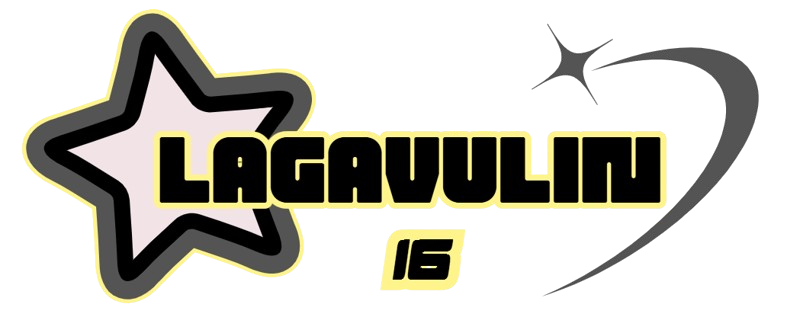Introduction
In today’s fast-moving digital world, businesses must adapt quickly to technological advancements. A powerful new concept called VHSGJQM is emerging as a go-to framework for organizations looking to streamline operations, enhance data processing, and support innovation. But what exactly is VHSGJQM, and why is it becoming so important?
This article explores the depth of VHSGJQM, its components, real-world applications, and how it empowers companies to thrive in the modern landscape.
What is VHSGJQM?
VHSGJQM is a multi-layered, adaptable digital framework that helps businesses align technology, operations, and decision-making. It’s not a product or a tool but a methodology—a blueprint to design smarter, scalable, and more agile systems.
The goal of VHSGJQM is to:
- Improve workflow transparency
- Integrate cross-departmental operations
- Increase speed and efficiency
- Make smarter data-driven decisions
It’s quickly gaining ground across various industries like finance, healthcare, e-commerce, and technology.
Why VHSGJQM Matters
The sheer volume of data and complexity in business environments today requires something more than just traditional management systems. VHSGQM offers a structured yet flexible approach that:
- Minimizes data chaos
- Reduces human error
- Enhances automation and precision
- Helps teams focus on strategic innovation
From global enterprises to startups, companies are turning to VHSGQM to stay competitive in a tech-first economy.
Core Elements of VHSGJQM
Let’s break down the acronym VHSGQM into its seven foundational elements:
- Visibility – Transparency across processes and performance.
- Harmony – Synchronized operations between teams and systems.
- Scalability – Designed to grow with business needs.
- Governance – Ensures compliance, rules, and security.
- Judgment – Data-backed decision-making.
- Quality – High standards in output and service.
- Mobility – Anytime-anywhere access to systems and data.
These layers are interconnected, giving VHSGQM its strength as a future-proof digital strategy.
Real-World Use Cases of VHSGJQM
Let’s look at how businesses are using VHSGJQM in different industries:
- Healthcare: Hospitals use VHSGQM to manage patient records securely, predict disease trends, and ensure better treatment outcomes.
- Manufacturing: VHSGQM is used to monitor production lines, automate maintenance, and maintain strict quality standards.
- Banking & Finance: It helps with fraud detection, real-time customer analysis, and regulatory reporting.
- Retail & E-Commerce: Businesses apply it to personalize user experiences, track inventory, and increase customer retention.
These examples highlight VHSGQM’s versatility and power to bring clarity and performance in data-heavy environments.
Benefits of VHSGJQM
Why are so many businesses investing in this model? Here’s what VHSGQM brings to the table:
- ✅ Streamlined operations
- ✅ Enhanced real-time decision-making
- ✅ Reduced operational risk
- ✅ Better data security and governance
- ✅ Agile response to changing markets
- ✅ Cost savings through automation
With VHSGQM, companies no longer react to change—they lead it.
How to Implement VHSGJQM
Adopting VHSGQM begins with understanding your current systems. Then:
- Audit your digital landscape and workflows
- Align the VHSGJM framework with your goals
- Train teams to think in systems, not silos
- Use smart tools for data collection and analysis
- Monitor outcomes regularly and adjust
Implementation isn’t an overnight task, but the ROI is well worth the effort.
Challenges in Adopting VHSGJQM
As with any system, VHSGQM adoption has its hurdles:
- Change Resistance: Teams may resist new frameworks.
- Solution: Provide clarity, training, and pilot programs.
- Initial Costs: Investment in tools and skills is needed.
- Solution: Start small, prove success, then scale.
- Complexity: Multi-layered systems can feel overwhelming.
- Solution: Simplify through dashboards and automation.
Overcoming these barriers is possible with strong leadership and clear communication.
The Future of VHSGJQM
Looking ahead, VHSGJM will likely evolve alongside AI, quantum computing, and decentralized systems. Its principles will drive smarter cities, autonomous industries, and resilient infrastructures.
In 3 to 5 years, VHSGJM may become the foundational model for digital-first organizations globally.
Conclusion
VHSGJQM isn’t just another buzzword—it’s a bold, structured pathway toward better digital outcomes. Businesses that embrace this framework can expect smoother operations, higher adaptability, and long-term growth.
If you want to prepare your business for the future, the journey should begin with VHSJQM today.

